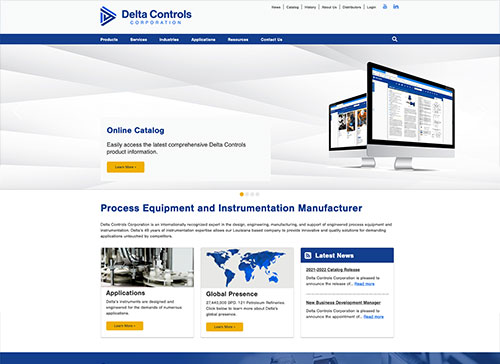Navigation
Install the app
How to install the app on iOS
Follow along with the video below to see how to install our site as a web app on your home screen.
Note: This feature may not be available in some browsers.
More options
Style variation
-
Congratulations cowski on being selected by the Eng-Tips community for having the most helpful posts in the forums last week. Way to Go!
You are using an out of date browser. It may not display this or other websites correctly.
You should upgrade or use an alternative browser.
You should upgrade or use an alternative browser.
Thermowell in refratory
- Thread starter dennisr
- Start date
- Status
- Not open for further replies.
Ceramic Protection Tubes are most Reliable. At such extreme temps, infrared sensors to monitor the tip end are common. Insertion length rules often encountered in common process applications only increase the risk of failure. Minimal projection into the process is more than adequate.
Measurements without protection tubes are also possible but far more complex. Be sure that all electrical connections are designed to protect against accidental process leakages.
Measurements without protection tubes are also possible but far more complex. Be sure that all electrical connections are designed to protect against accidental process leakages.
EdStainless
Materials
What is the environment?
My first thought is to go ceramic also.
My first thought is to go ceramic also.
Thermowell projection into the stream is usually minimized if flow velocity is high (due to very long well length). Due to the inherently long thermowell, pay particular attention to vortex-induced vibrations and the resonant frequency of the thermowell. This will likely set your maximal insertion length unless you have a very slow-moving gas stream.
Often there will be an alumina protection tube inside of the thermowell itself for the thermocouple. Ceramics (ala sintered silicon carbide, SiAlON, or RBSN - reaction bonded silicon nitride) are usually a good choice for the outer well, but they can have issues with thermal shock if you rock them up to temperature from ambient conditions very quickly with a hot gas stream. Obviously you need to select the material based on the process stream.
If using multiple probes, ensure you maintain a precise insertion length, and that flow distribution is fairly normal. Even a change of 0.5" in insertion length or mal-distribution of flow can mean a difference of 50-100 F in your temperature reading, especially when the thermowell projection into the gas stream is very small.
Ensure your transmitter can withstand whatever temperature/chemicals it will see when (not if) the well cracks or fails.
Often there will be an alumina protection tube inside of the thermowell itself for the thermocouple. Ceramics (ala sintered silicon carbide, SiAlON, or RBSN - reaction bonded silicon nitride) are usually a good choice for the outer well, but they can have issues with thermal shock if you rock them up to temperature from ambient conditions very quickly with a hot gas stream. Obviously you need to select the material based on the process stream.
If using multiple probes, ensure you maintain a precise insertion length, and that flow distribution is fairly normal. Even a change of 0.5" in insertion length or mal-distribution of flow can mean a difference of 50-100 F in your temperature reading, especially when the thermowell projection into the gas stream is very small.
Ensure your transmitter can withstand whatever temperature/chemicals it will see when (not if) the well cracks or fails.
As a reference, here is one ceramic thermowell application in the refractory lined reactor service. It has ceramic tube inside the refractory lined nozzle, and equipped with N2 purge on the thermocouple as well.

 www.deltacnt.com
www.deltacnt.com

Improving Reliability in Claus Temperature Measurement
Lowering Costs & Improving Reliability in Claus Temperature Measurement By Steve Croom, VP Delta Controls Corp. Description: Published Paper; Presented at the Sulfur 2001 International Conference, Marrakech, Morocco Monitoring temperatures of the hot face of the refractory in Claus Thermal...
- Status
- Not open for further replies.
Similar threads
- Replies
- 11
- Views
- 12K
- Replies
- 17
- Views
- 4K
- Locked
- Question
- Replies
- 5
- Views
- 5K
- Replies
- 5
- Views
- 4K
- Locked
- Question
- Replies
- 3
- Views
- 3K
